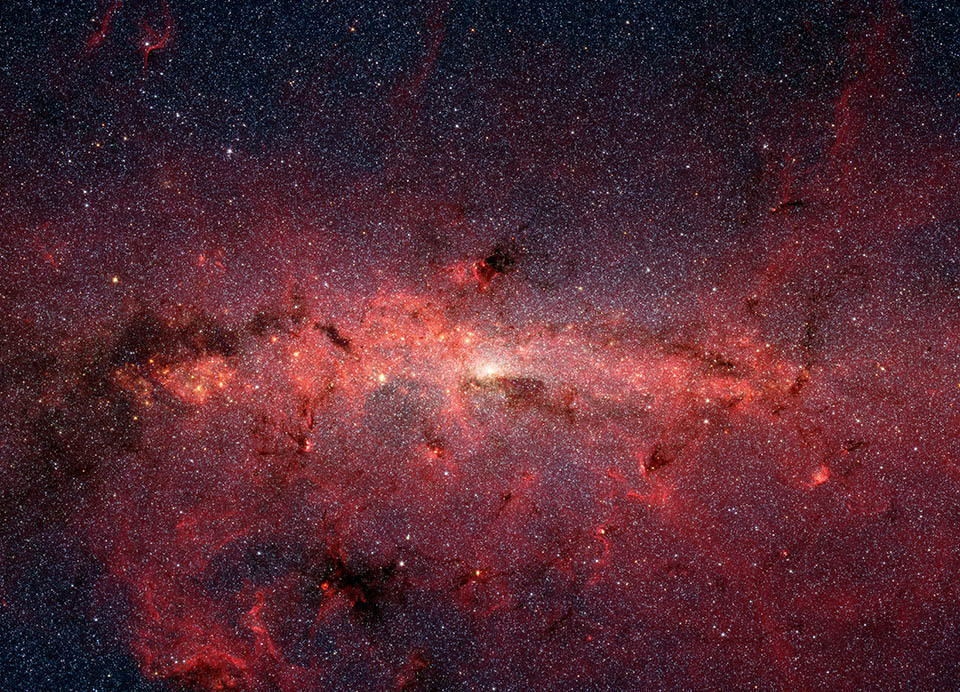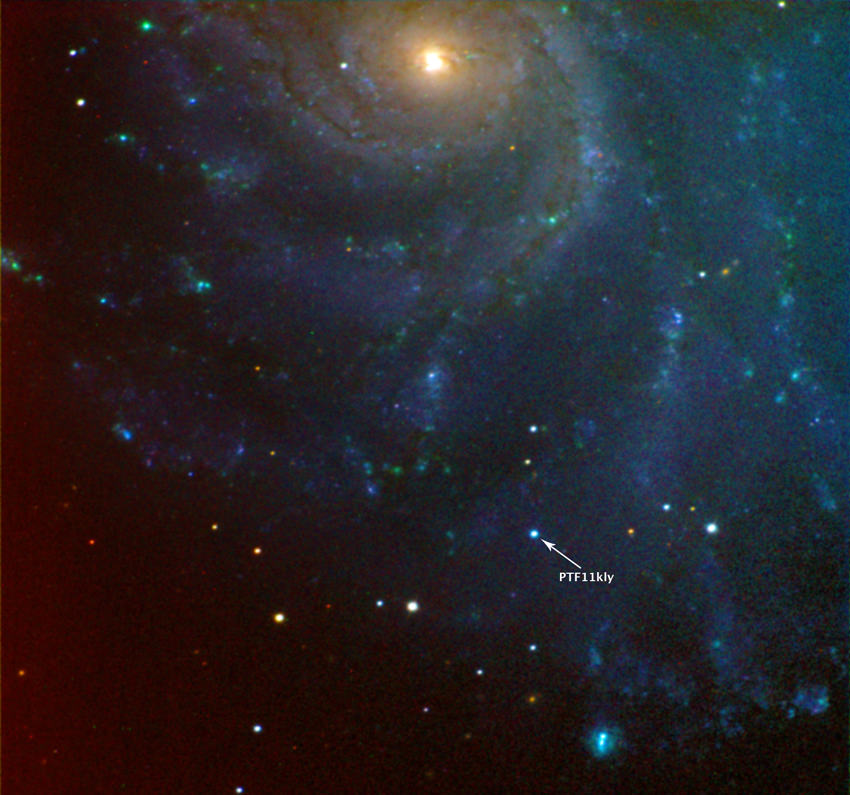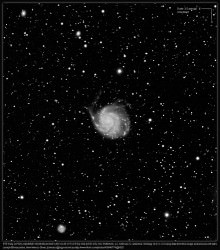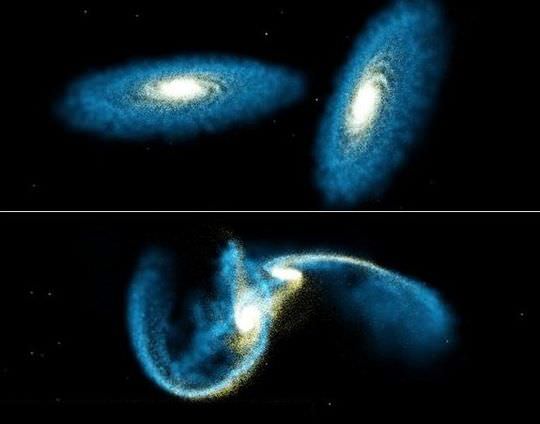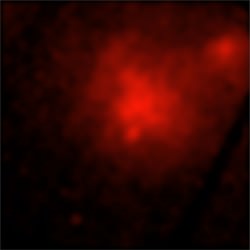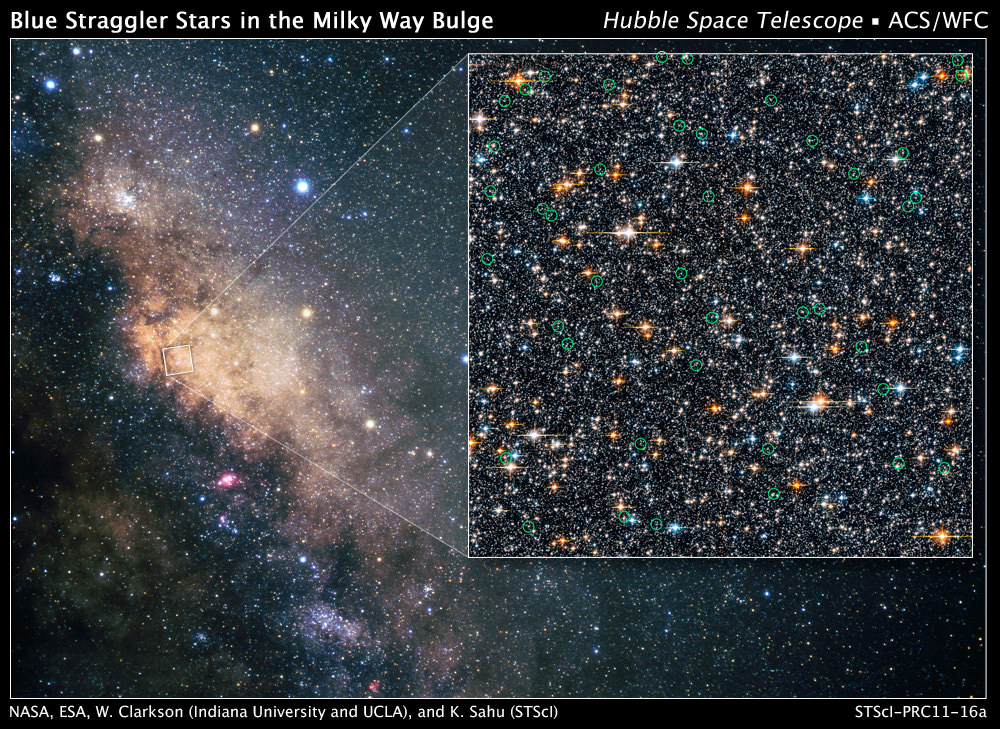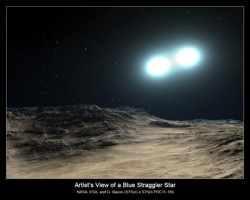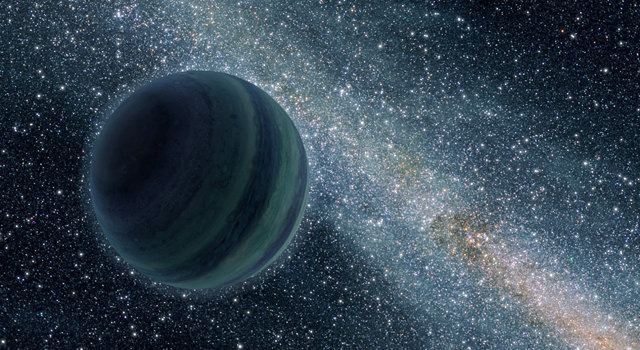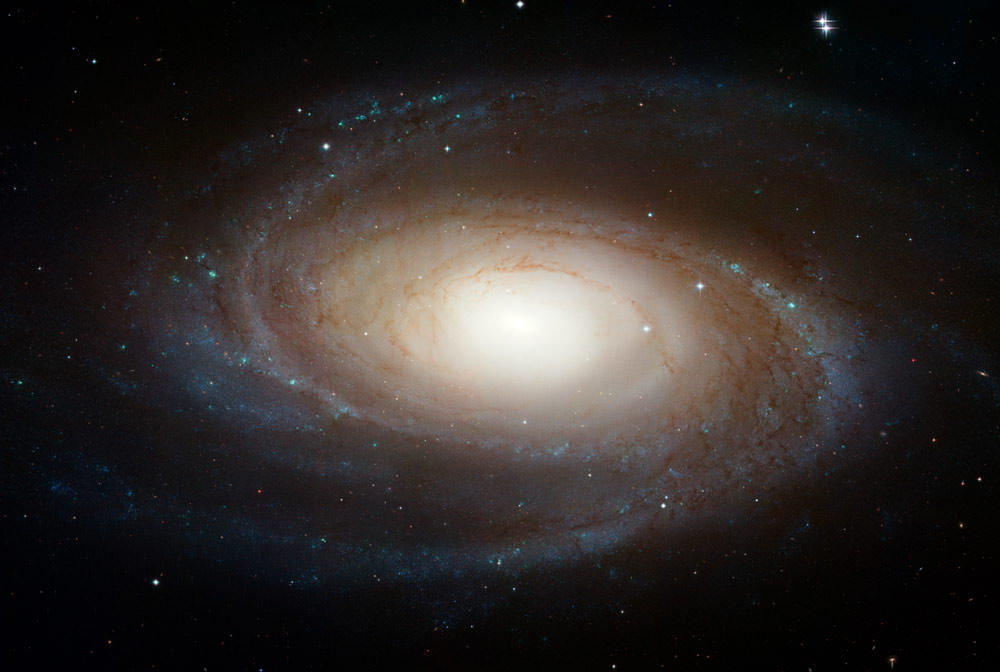[/caption]
“Sgr A* is the right object, VLBI is the right technique, and this decade is the right time.”
So states the mission page of the Event Horizon Telescope, an international endeavor that will combine the capabilities of over 50 radio telescopes across the globe to create a single Earth-sized telescope to image the enormous black hole at the center of our galaxy. For the first time, astronomers will “see” one of the most enigmatic objects in the Universe.
And tomorrow, January 18, researchers from around the world will convene in Tucson, AZ to discuss how to make this long-standing astronomical dream a reality.
During a conference organized by Dimitrios Psaltis, associate professor of astrophysics at the University of Arizona’s Steward Observatory, and Dan Marrone, an assistant professor of astronomy at the Steward Observatory, astrophysicists, scientists and researchers will gather to coordinate the ultimate goal of the Event Horizon Telescope; that is, an image of Sgr A*’s accretion disk and the “shadow” of its event horizon.
“Nobody has ever taken a picture of a black hole. We are going to do just that.”
– Dimitrios Psaltis, associate professor of astrophysics at the University of Arizona’s Steward Observatory
Sgr A* (pronounced as “Sagittarius A-star”) is a supermassive black hole residing at the center of the Milky Way. It is estimated to contain the equivalent mass of 4 million Suns, packed into an area smaller than the diameter of Mercury’s orbit.
Because of its proximity and estimated mass, Sgr A* presents the largest apparent event horizon size of any black hole candidate in the Universe. Still, its size in the sky is about the same as viewing “a grapefruit on the Moon.”
So what are astronomers expecting to actually “see”?
(Read more: What does a black hole look like?)

Because black holes by definition are black – that is, invisible in all wavelengths of radiation due to the incredibly powerful gravitational effect on space-time around them – an image of the black hole itself will be impossible. But Sgr A*’s accretion disk should be visible to radio telescopes due to its billion-degree temperatures and powerful radio (as well as submillimeter, near infrared and X-ray) emissions… especially in the area leading up to and just at its event horizon. By imaging the glow of this super-hot disk astronomers hope to define Sgr A*’s Schwarzschild radius – its gravitational “point of no return”.
This is also commonly referred to as its shadow.
The position and existence of Sgr A* has been predicted by physics and inferred by the motions of stars around the galactic nucleus. And just last month a giant gas cloud was identified by researchers with the European Southern Observatory, traveling directly toward Sgr A*’s accretion disk. But, if the EHT project is successful, it will be the first time a black hole will be directly imaged in any shape or form.
“So far, we have indirect evidence that there is a black hole at the center of the Milky Way,” said Dimitrios Psaltis. “But once we see its shadow, there will be no doubt.”
(Read more: Take a trip into our galaxy’s core)
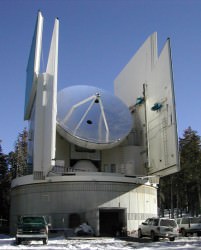
The ambitious Event Horizon Telescope project will use not just one telescope but rather a combination of over 50 radio telescopes around the world, including the Submillimeter Telescope on Mt. Graham in Arizona, telescopes on Mauna Kea in Hawaii and the Combined Array for Research in Millimeter-wave Astronomy in California, as well as several radio telescopes in Europe, a 10-meter dish at the South Pole and, if all goes well, the 50-radio-antenna capabilities of the new Atacama Large Millimeter Array in Chile. This coordinated group effort will, in effect, turn our entire planet into one enormous dish for collecting radio emissions.
By using long-term observations with Very Long Baseline Interferometry (VLBI) at short (230-450 GHz) wavelengths, the EHT team predicts that the goal of imaging a black hole will be achieved within the next decade.
“What is great about the one in the center of the Milky Way is that is big enough and close enough,” said assistant professor Dan Marrone. “There are bigger ones in other galaxies, and there are closer ones, but they’re smaller. Ours is just the right combination of size and distance.”
Read more about the Tucson conference on the University of Arizona’s news site here, and visit the Event Horizon Telescope project site here.

